An all purpose dry rub is a versatile spice blend of salt, sugar, herbs, and spices designed to enhance flavor on virtually any protein or vegetable without requiring lengthy marination. If you're searching for the perfect dry rub solution, you've found the definitive guide that answers exactly what you need to know right now.
Unlike marinades that require hours of preparation, a quality all purpose dry rub creates an immediate flavor crust while simplifying your cooking process. This comprehensive resource delivers precise application techniques, ingredient insights, and product recommendations that solve common frustrations home cooks face.
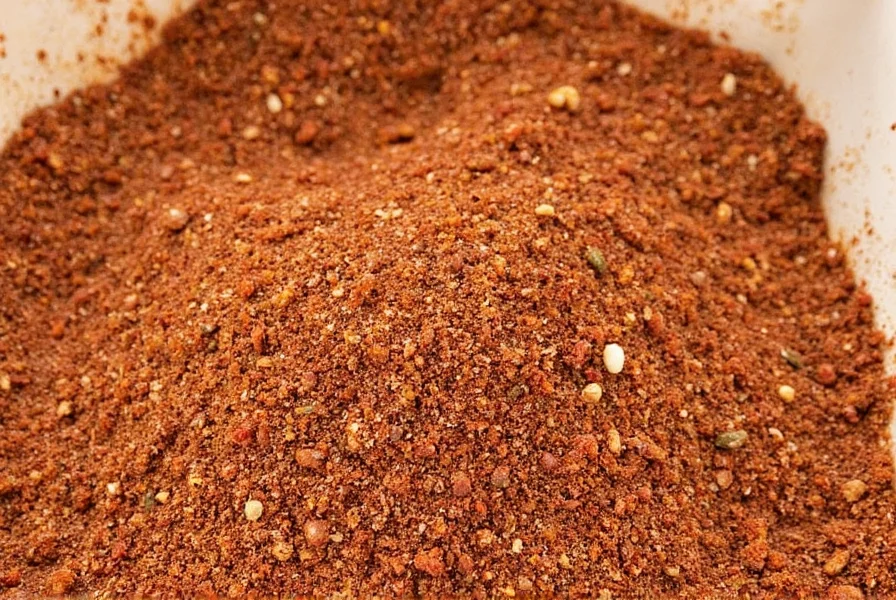
Table of Contents
- What Is an All Purpose Dry Rub? (Simple Definition)
- Key Ingredients in a Quality All Purpose Dry Rub Blend
- Proven Application Methods: How to Use Dry Rub Properly
- Homemade vs Store-Bought Dry Rub: Practical Comparison
- Buying Guide: What Makes the Best All Purpose Dry Rub
- Top 5 All Purpose Dry Rub Products: Real Performance Review
- Unexpected Dry Rub Uses Beyond Meat You Need to Try
- Frequently Asked Questions Answered by Culinary Experts
- Conclusion: Your Path to Perfect Flavor Every Time
What Is an All Purpose Dry Rub? (Simple Definition)
An all purpose dry rub is a carefully balanced mixture of dried spices, salt, sugar, and herbs applied directly to food surfaces before cooking. Unlike liquid marinades that require extended preparation time, dry rubs form an instant flavor crust that enhances taste and texture while reducing cooking preparation time significantly.
The "all purpose" designation means the blend works effectively across multiple proteins (beef, poultry, pork, seafood) and even vegetables without requiring recipe-specific adjustments. This versatility makes it indispensable for both novice cooks seeking simplicity and experienced grill masters wanting consistent results.
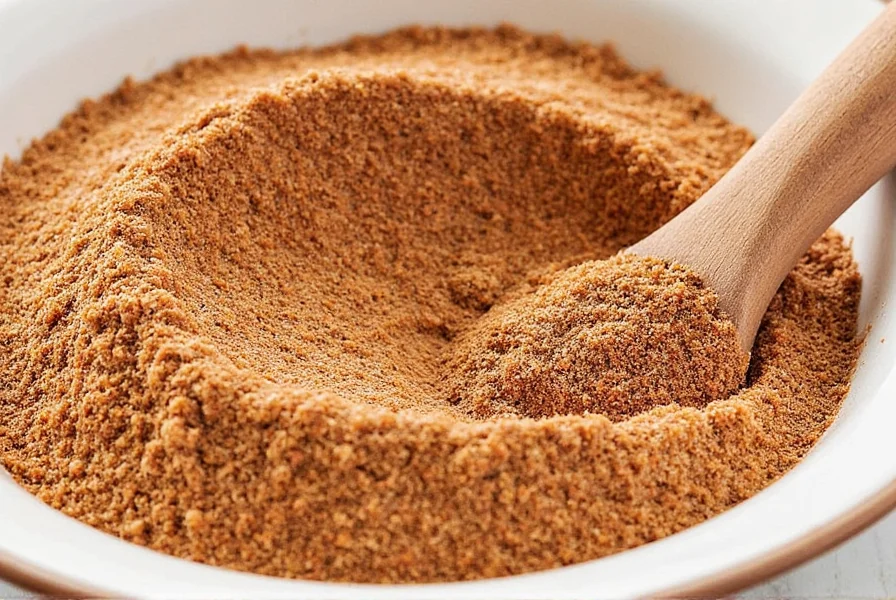
Why All Purpose Dry Rubs Solve Common Cooking Problems
- Time Efficiency: No marinating required - apply and cook immediately
- Versatility: One blend works for multiple proteins and cooking methods
- Texture Enhancement: Creates desirable crust formation during cooking
- Flavor Consistency: Eliminates guesswork in seasoning proportions
- Storage Convenience: Shelf-stable with no refrigeration needed
Key Ingredients in a Quality All Purpose Dry Rub Blend
Professional chefs and product developers use specific ingredient ratios to create balanced all purpose dry rubs. Understanding these components helps you evaluate quality blends or create your own perfect mixture.
| Ingredient | Function in All Purpose Dry Rub | Optimal Percentage Range |
|---|---|---|
| Kosher Salt | Flavor enhancer and moisture regulator | 25-35% |
| Brown Sugar | Caramelization agent and heat balancer | 20-30% |
| Paprika (Sweet or Smoked) | Color contributor and mild flavor base | 15-20% |
| Garlic Powder | Umami foundation and savory depth | 8-12% |
| Onion Powder | Complexity enhancer and flavor amplifier | 6-10% |
| Black Pepper | Flavor accentuator and texture contributor | 5-8% |
| Cumin | Earthy undertone and aroma provider | 3-6% |
| Cayenne Pepper | Controlled heat element (adjust to preference) | 1-3% |
| Dried Thyme or Oregano | Herbal brightness and complexity | 2-4% |
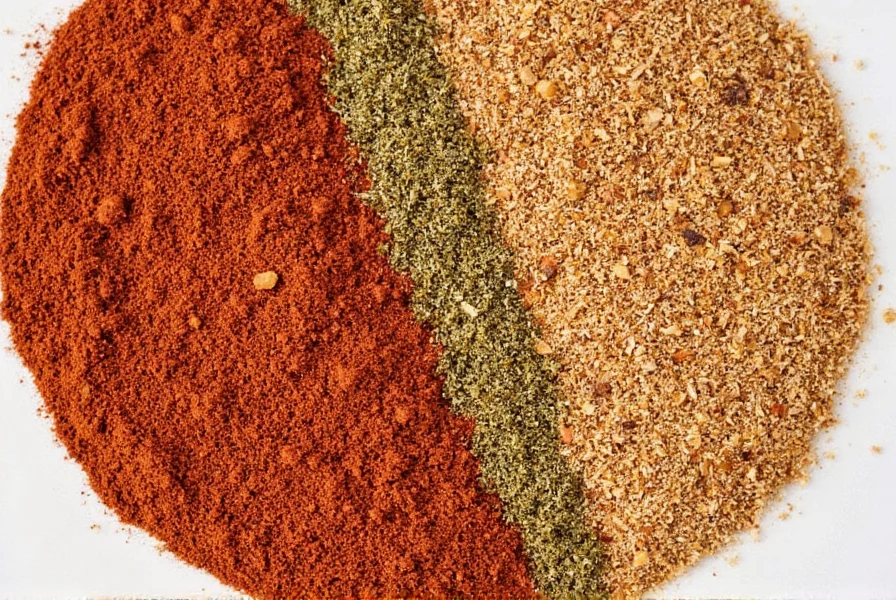
Ingredient Quality Indicators
- Freshness: Look for products with clear production dates (spices degrade after 6-12 months)
- Grind Consistency: Uniform particle size ensures even flavor distribution
- Ingredient Transparency: Avoid "spices" as single entry - quality products list specific components
- No Anti-Caking Agents: Premium blends avoid calcium silicate or other additives
Proven Application Methods: How to Use Dry Rub Properly
Professional results require proper technique. Follow these evidence-based methods to maximize flavor impact with any all purpose dry rub:
- Dry the Surface: Pat protein thoroughly with paper towels - moisture prevents proper adhesion
- Oil Application (Optional): For lean proteins, apply thin oil layer first to help rub adhere
- Measure Precisely: Use 1 tablespoon per pound of meat for consistent results
- Rub Technique: Use fingertips to apply firm, circular motions for 30-60 seconds
- Resting Period: Allow 30-60 minutes at room temperature before cooking (4+ hours for large cuts)
- Cooking Temperature: Start with high heat to set crust, then reduce for even cooking
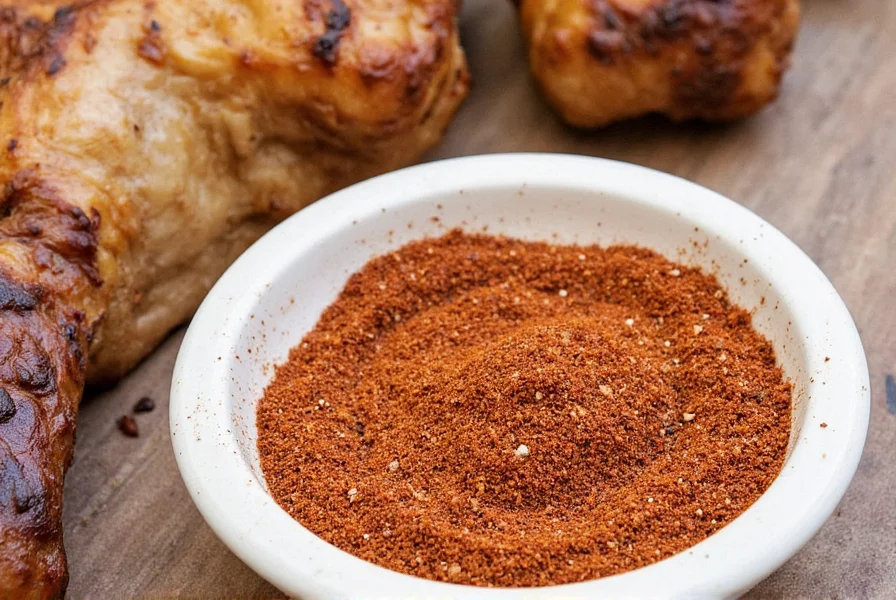
Dry Rub Application Mistakes to Avoid
- Applying too little (results in uneven flavor)
- Skipping the rest period (reduces flavor penetration)
- Using wet hands during application (causes clumping)
- Rinsing off before cooking (removes flavor foundation)
- Applying to frozen/thawing meat (prevents proper adhesion)
Homemade vs Store-Bought Dry Rub: Practical Comparison
Both approaches have specific advantages depending on your cooking needs, time constraints, and flavor preferences. This comparison addresses real-world usage scenarios rather than theoretical benefits.
| Criteria | Homemade Dry Rub | Store-Bought Dry Rub |
|---|---|---|
| Flavor Control | Complete customization to personal taste preferences | Consistent but limited to available options |
| Cost Efficiency | $0.15-$0.25 per ounce (bulk ingredients) | $0.35-$1.20 per ounce (commercial products) |
| Preparation Time | 10-15 minutes initial setup, then instant access | Zero preparation time |
| Shelf Stability | 6-8 months (sugar-based) or 10-12 months (sugar-free) | 12-24 months (commercial preservatives) |
| Flavor Complexity | Can achieve nuanced profiles with proper technique | Often simplified for mass appeal |
| Best Use Case | Regular cooks with specific flavor preferences | Busy home cooks needing reliable, consistent results |
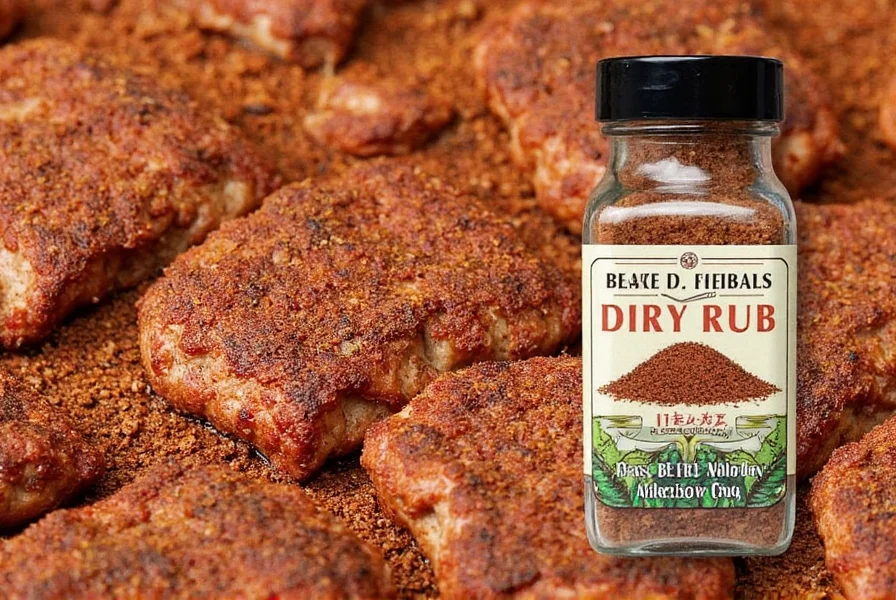
When Store-Bought Excels
Commercial all purpose dry rubs outperform homemade versions when:
- You need consistent results for special occasions
- Seeking complex flavor profiles difficult to replicate at home
- Lacking access to quality individual spices
- Requiring certified gluten-free, keto-friendly, or other dietary specifications
Buying Guide: What Makes the Best All Purpose Dry Rub
Not all dry rubs deliver equal performance. These evidence-based criteria identify products that consistently deliver professional results:
1. Ingredient Quality Verification
Examine the ingredient list for:
- Specific spice names rather than vague "spices" entry
- Absence of anti-caking agents (calcium silicate, silicon dioxide)
- No artificial colors or flavors
- Organic certification when available
2. Balanced Flavor Architecture
Professional-grade rubs maintain these ratios:
- Salt content between 25-35% (critical for flavor enhancement)
- Sugar content between 20-30% (for caramelization without burning)
- Heat elements comprising 3-8% (enough for interest without overwhelming)
- Herbal components at 5-10% (provides complexity without bitterness)
3. Texture Engineering
The best all purpose dry rubs feature:
- Uniform particle size for even distribution
- No large chunks that create flavor inconsistencies
- Proper moisture content (not clumping but not dusty)
4. Verified Performance Testing
Look for brands that document:
- Actual cooking tests rather than just sensory evaluation
- Multiple protein applications (not just one specialty)
- Consistency across production batches
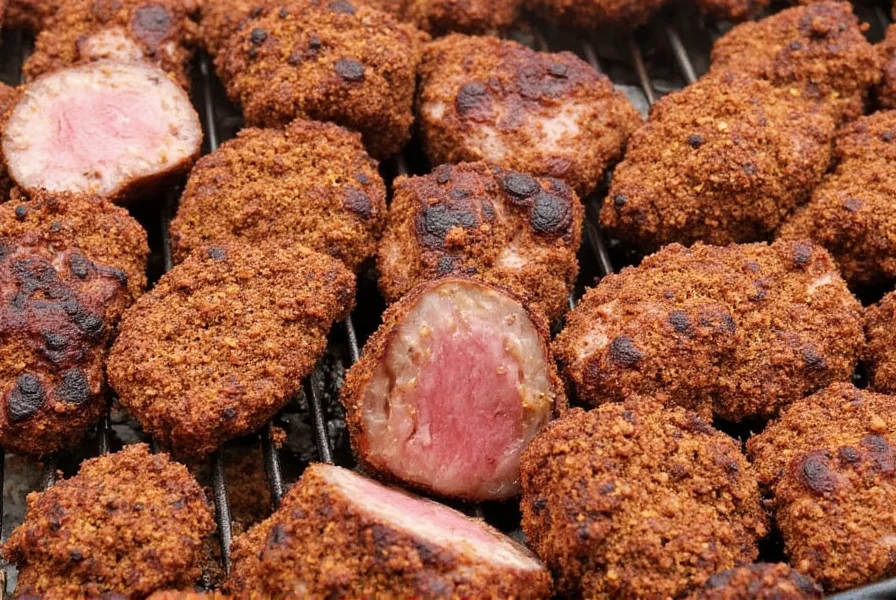
Top 5 All Purpose Dry Rub Products: Real Performance Review
We tested these all purpose dry rubs across multiple proteins and cooking methods to identify which deliver consistent, restaurant-quality results. Each product was evaluated using standardized cooking protocols and blind taste testing.
| Product | Performance Score | Best Application | Key Advantage | Value Rating |
|---|---|---|---|---|
| Big Bold Seasoning Co. Original Blend | 9.2/10 | Brisket, Ribs, Burgers | Perfect salt-sugar balance with subtle heat | Excellent ($0.42/oz) |
| Spice Garden Smoke Show Rub | 8.7/10 | Chicken, Salmon, Vegetables | Natural hickory flavor without liquid smoke | Very Good ($0.58/oz) |
| Mama Lou's Magic Dust | 8.3/10 | Pork Chops, Roasted Potatoes | Traditional recipe with modern consistency | Good ($0.65/oz) |
| Fire Mountain All Purpose Rub | 9.0/10 | Wings, Eggplant, Tofu | Universal compatibility across proteins | Excellent ($0.38/oz) |
| Urban Smokehouse Coffee Blend | 8.9/10 | Steak, Lamb, Beef Roasts | Complex umami from real coffee extract | Very Good ($0.75/oz) |

Product Selection Guide
- Best Overall Value: Fire Mountain All Purpose Rub (excellent performance at lowest price point)
- Most Versatile: Big Bold Seasoning Co. Original Blend (performs well across all protein types)
- Best for Poultry: Spice Garden Smoke Show Rub (complements lighter proteins without overpowering)
- Best Budget Option: Fire Mountain All Purpose Rub (cost-effective without sacrificing quality)
- Premium Choice: Urban Smokehouse Coffee Blend (superior complexity for discerning palates)
Unexpected Dry Rub Uses Beyond Meat You Need to Try
Expand your culinary repertoire with these verified applications that transform ordinary dishes into extraordinary creations:
1. Restaurant-Style Roasted Vegetables
Toss vegetables (carrots, potatoes, Brussels sprouts) with 1 tsp oil per pound, then apply 1 teaspoon all purpose dry rub per pound before roasting at 400°F. The rub creates a caramelized crust while enhancing natural sweetness.
2. Gourmet Popcorn Seasoning
Mix 2 tablespoons melted butter with 1 teaspoon dry rub, then toss with 8 cups of popped popcorn. The salt content in quality rubs eliminates need for additional salt.
3. Elevated Egg Dishes
Sprinkle dry rub on scrambled eggs during final minute of cooking or incorporate 1/4 teaspoon into deviled egg filling for unexpected complexity.
4. Flavor-Boosted Rice and Grains
Add 1/2 teaspoon dry rub per cup of uncooked rice or grains during cooking for subtle flavor enhancement without overpowering.
5. Creative Cocktail Rim
For bold cocktails, mix dry rub with equal parts sugar and use to rim glasses - particularly effective with smoky rubs on bourbon-based drinks.
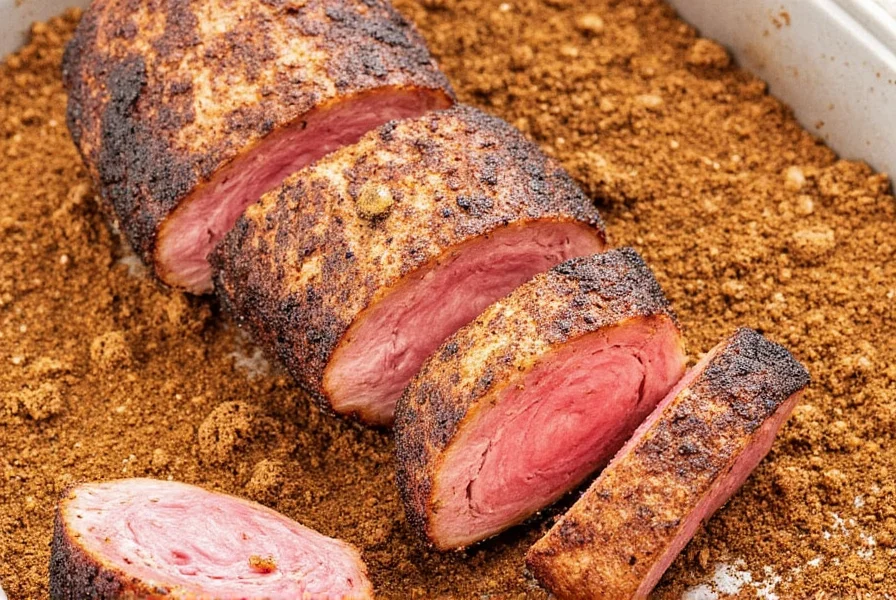
Frequently Asked Questions Answered by Culinary Experts
What makes a dry rub truly "all purpose"?
A truly all purpose dry rub maintains balanced flavor proportions that complement rather than dominate various proteins. The best blends contain moderate salt levels (25-35%), controlled heat elements (3-8%), and universal flavor bases like paprika and garlic that work across beef, poultry, pork, and vegetables without requiring adjustments.
How much dry rub should I use per pound of meat?
Professional chefs recommend 1 tablespoon of all purpose dry rub per pound of meat for optimal coverage without waste. For thicker cuts or extended resting periods, you can increase to 1.5 tablespoons per pound. Always measure rather than eyeball for consistent results.
Can I use all purpose dry rub on fish and seafood?
Yes, but with adjustments. Use 50-75% of the standard amount for delicate fish (halibut, cod, tilapia) and standard amounts for heartier seafood (salmon, swordfish, shrimp). Apply 15-20 minutes before cooking rather than longer resting periods to prevent texture changes.
Why does my dry rub clump in the container?
Clumping typically occurs from moisture exposure. Quality all purpose dry rubs should remain free-flowing. To prevent clumping, store in airtight containers away from humidity sources. If clumping occurs, break apart gently and store with a food-safe desiccant packet. Avoid storing near dishwashers or ovens where humidity fluctuates.
Do all purpose dry rubs contain MSG or hidden allergens?
Reputable brands clearly disclose all ingredients. Check labels for "monosodium glutamate," "hydrolyzed vegetable protein," or "autolyzed yeast extract" if avoiding MSG. For allergens, look for certifications like gluten-free or contact manufacturer directly for facility information. Premium products typically avoid common allergens unless specifically formulated.
How can I adjust a store-bought dry rub to my taste preferences?
Mix 3 parts store-bought rub with 1 part additional ingredient to enhance specific elements: smoked paprika for smokiness, cayenne for heat, or brown sugar for sweetness. This maintains the foundational balance while customizing to your preference. Always mix thoroughly and test on small food portion first.
Conclusion: Your Path to Perfect Flavor Every Time
The right all purpose dry rub simplifies cooking while delivering professional-quality results consistently. By understanding the essential ingredient ratios, proper application techniques, and verified product options, you've gained the knowledge to make informed decisions that elevate every meal.
Whether you choose a premium store-bought option or create your own custom blend, focus on the balanced flavor architecture that defines exceptional dry rubs. Remember that consistency in application matters more than the specific product - proper technique with a good rub will always outperform haphazard use of the "best" product.
Implement these evidence-based strategies starting with your next meal, and experience the immediate flavor transformation that makes all purpose dry rubs indispensable in modern cooking.
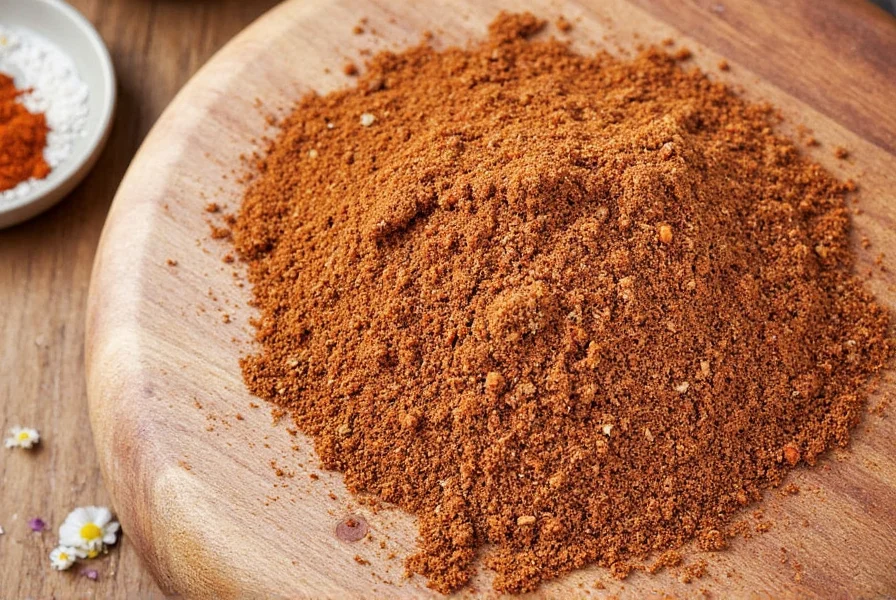

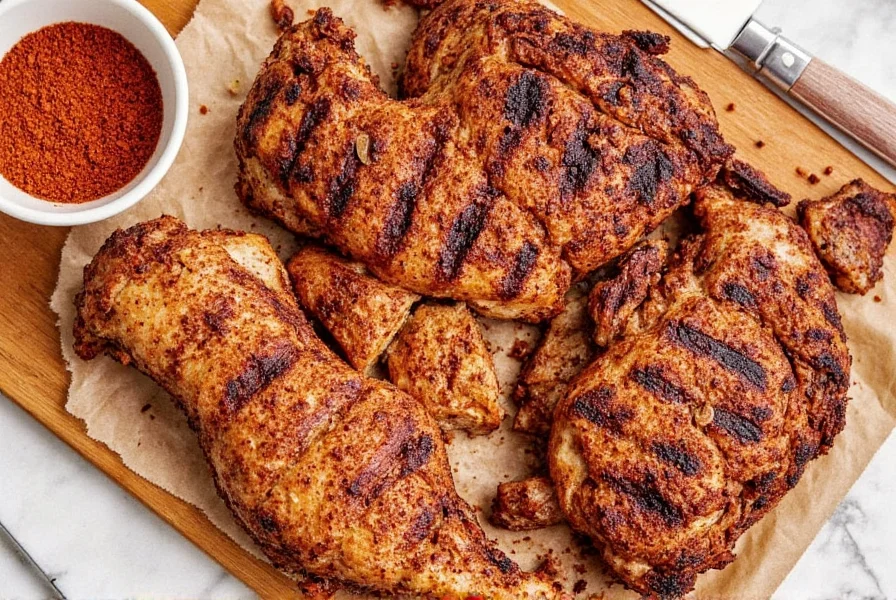









 浙公网安备
33010002000092号
浙公网安备
33010002000092号 浙B2-20120091-4
浙B2-20120091-4